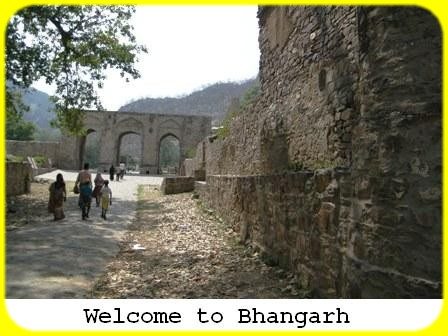After paying our tribute to all the twelve sati, we went inside the main mandapam of the Rani Sati. It was huge structure similar to those found in the Rama Krishna Mission temples. Lots of space was available for people to sit and pray. There was no statue of any sati. Instead a simple trident depicting the Goddess was placed for devotees to pray before her. The walls and columns of the mandapam were again beautifully painted. Two or three purohits were helping the devotees in offering prayers there. The followers of Rani Sati trace her origin from the times of Mahabharata, in which she was the wife of Arjuna’s son Abhimanyu. Her name was Uttara. She wanted to perform the rites of sati, when Abhimanyu died in the Mahabharata battle. Then, Lord Krishna persuaded her not to do so, giving her a boon that she would get an opportunity to perform Sati in her next birth. As prophesied by Krishna, she was born in modern-day Rajasthan (Shekhawati) and Abhimanyu was born near modern-day Hissar in Haryana. Her name was Narayani and Abhimanyu’s name was Tandhan. He had a beautiful horse, which was also eyed by the King’s son. However, in the battle for the horse, king’s son was killed. Further, an infuriated king killed Tandhan in the battle. The brave Narayani, after killing the King in revenge, performed sati at the pyre of her husband. She was supported by the caretaker of the horse, named Ranaji. For his efforts, the brave sati granted Rana Ji a boon that his name would always be remembered before her vey name. Thus, the name “Rani Sati†came into existence.
Read More











